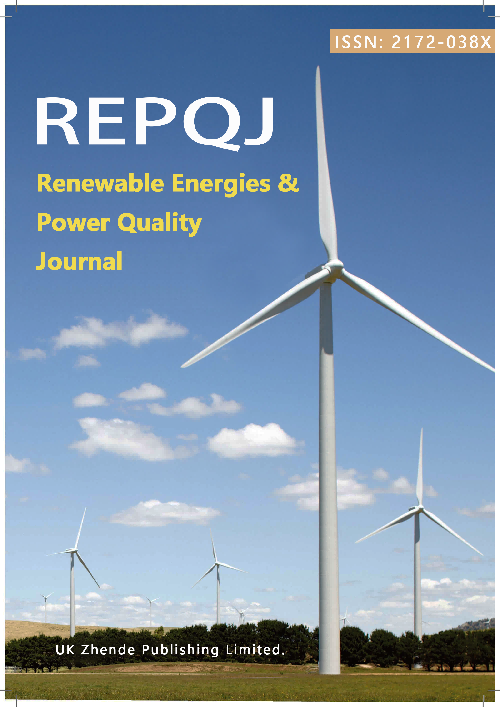Net-Zero Energy House management with stationary and mobile energy storage batteries
DOI:
https://doi.org/10.52152/4534Keywords:
nZEH, PV panels, stationary battery electric vehicleAbstract
This paper presents an energy management systemfor a Net-Zero Energy House. The house is equipped with photovoltaic panels on the roof, a stationary energy storage system, and a Battery Electric Vehicle. The energy management strategy aims to minimize the house interaction with the power grid, enabling internal power flow without impacting upstream of the point of common coupling. The goal is to ensure that the house predominantly operates as a self-sufficient energy system, with the capability to even inject surplus energy back into the grid. The proposed topology and operation strategies are presented and validated through simulation results.
Downloads
Published
Issue
Section
License
Copyright (c) 2025 María Isabel Milanés-Montero, João Martins, Carlos Roncero-Clemente, Eva González-Romera, Fermín Barrero-González, Javier Gutiérrez-Escalona (Author)

This work is licensed under a Creative Commons Attribution 4.0 International License.











